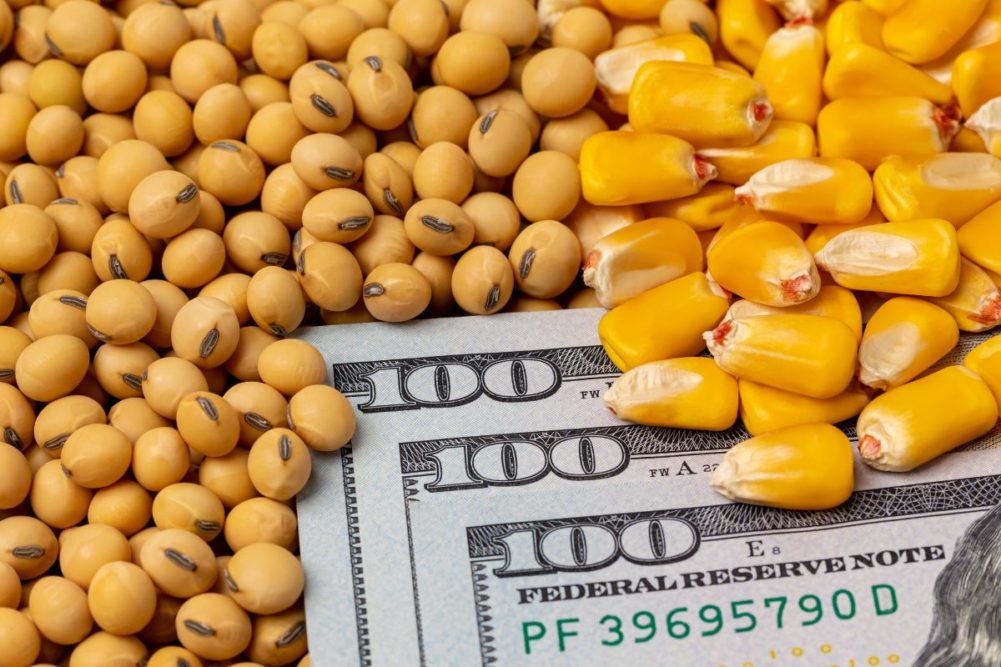DENVER, COLORADO, US — Grain and oilseed prices continued to slide last quarter under pressure of a strengthening US dollar, arrival of the South American harvest and plentiful domestic inventories, according to a new quarterly report from CoBank’s Knowledge Exchange.
Corn, grain sorghum, barley and oats all saw major reductions since last year, while soybeans, cotton, spring wheat and durum wheat each experienced increases, the report said.
“But much can happen with weather and markets to shift the balance this spring,” said Tanner Ehmke, lead grain and oilseed economist for CoBank, in the report. “Low water levels on the Mississippi River are already raising concerns of slower grain and oilseed shipments ahead.”
Forecasts for US corn acreage are down 4.9% year-over-year with falling prices and a strong US dollar discouraging planting. Planted acreage for sorghum is down 11% and combined barley and oat acreage is down 14%.
Corn stocks are ample at 8.35 billion bushels, up 13% year-over-year.
Exports have been strong, particularly to Mexico. Sales commitments are up 19% but will face strong competition from Brazil next quarter as the safrinha corn crop comes to market, Ehmke said.
Soybean acreage increased 3% to 86.5 million acres.
“Strong domestic demand has helped soybeans hold a greater price premium to corn with soybean crush record large as renewable diesel drives new demand for soybean oil,” Ehmke said.
Soybeans crushed in January exceeded last year’s pace by 2% as new soybean crush capacity comes online.
Export commitments are down 19% on languishing Chinese demand and growing competition from a record South American crop.
Spring wheat and durum picked up a surprising amount of acreage in the Prospective Plantings report, Ehmke said. Both crops are cheaper to plant than corn.
Total wheat acres are down due to lower winter wheat acres. Winter wheat conditions improved due to moisture linked to El Niño, and yield prospects are also higher.
Overseas, growing conditions among major exporters are not as favorable. Warm and dry conditions prevail in Ukraine and Russia, and excessive wetness plagues Western Europe, Ehmke said.
The ethanol outlook is positive overall for 2024 as facilities make the most of lower corn prices and improved margins, said CoBank’s Jacqui Fatka.
The Environmental Protection Agency will allow eight Midwestern states to use E15 year-round starting in 2025 but will still require waivers this summer.
More E15 and E85 blending allows the ethanol industry to hold line in an otherwise declining gasoline market, Fatka said.
Renewable diesel continues to provide solid demand for soybean oil and other feedstocks, including animal fats and corn oil.






